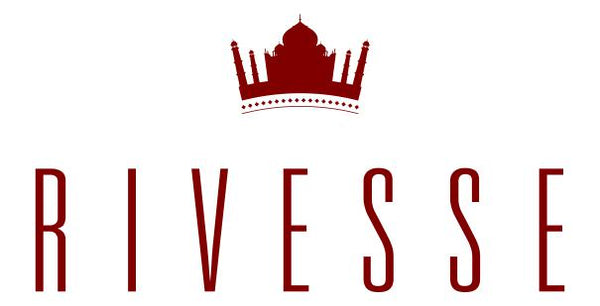
Transformation of Indian Traditional Men’s Ethnic Wear: From Traditional to Modern Style
Share
Over the years, traditional men's ethnic wear in India has experienced tremendous change. From its modest origins as basic draped clothing, it has developed into a sophisticated and varied range of clothes that are praised for their comfort, style, and adaptability.
The dhoti, a basic draped garment constructed of a large length of cotton, is the first recorded example of traditional ethnic clothing worn by men in India. Men from all social strata wore it, believing it to be the most appropriate clothing for every situation. Regardless of the occasion or festival Revisse, offering a plethora of varied styles and menswear that is ethnically appropriate; explores the cultural significance of menswear and how fashion is transforming basic ethnic attire into something distinctive, elegant, and unconventional.
Other clothing items with unique styles and functions, such the kurta, pajama, and sherwani, were added over time. The kurta is a baggy shirt that is usually paired with dhotis or pajamas. The sherwani, a long coat worn over a kurta, is frequently connected to formal events.
Transformation in the Colonial Era
The British conquest of India had a significant influence on Indian fashion and culture. Indians soon embraced the new textiles and fashions brought by British colonists. The emergence of fitted clothing, which was viewed as a more elegant and contemporary substitute for traditional draped garments, was one of the most prominent innovations.
Post-Independence Transformation
Indian traditional culture and fashion attracted new attention after the country's independence in 1947. Indian designers started experimenting with traditional clothing by adding fresh materials, looks, and patterns. As a result, a fresh wave of fashionable and cozy Indian ethnic clothing was produced.
Recent Trends
In recent times, traditional ethnic clothing worn by men in India has undergone even more changes. A growing number of designers are experimenting with cutting-edge accents, materials, and silhouettes. As a result, men have an abundance of imaginative and stylish ethnic wear options to choose from.
Some of the key trends in Indian traditional men's ethnic wear include:
Indo-Western fusion:
Wearing traditional Indian elements mixed with Western styles is a popular trend known as Indo-Western fusion wear. A designer might pair a sherwani with a Nehru jacket or a kurta with jeans, for instance.
Pastel colors:
Men's ethnic clothing in pastel hues is growing more and more popular. This is a departure from the conventionally vivid hues that are frequently connected to Indian fashion.
Floral prints:
Another fashionable trend in men's ethnic clothing is floral prints. Younger men are especially fond of this trend.
Sustainable fabrics:
An increasing number of designers are creating their ethnic wear collections with sustainable materials like organic cotton and linen. This is a reflection of Indian consumers' increasing environmental consciousness.
Conclusion
Since its modest beginnings, traditional men's ethnic clothing from India has evolved significantly. These days, there is a wide variety of colorful clothes that are praised for their grace, comfort, and adaptability. Indian designers make sure that Indian ethnic wear stays fashionable and appealing to contemporary men by continuously inventing new styles and trends.
